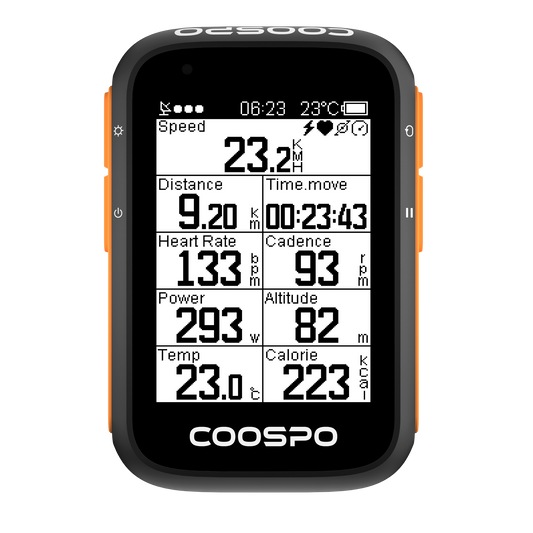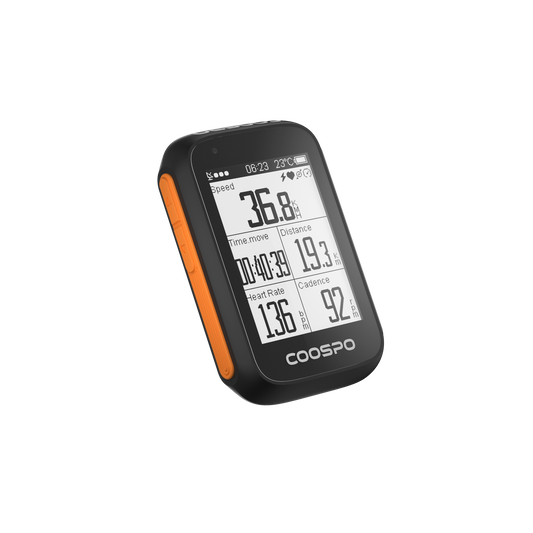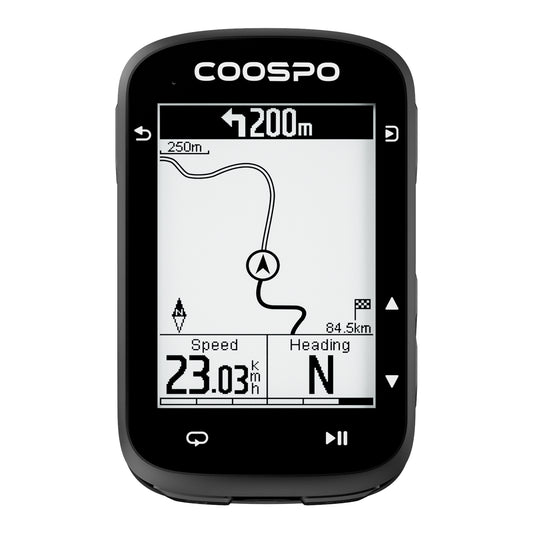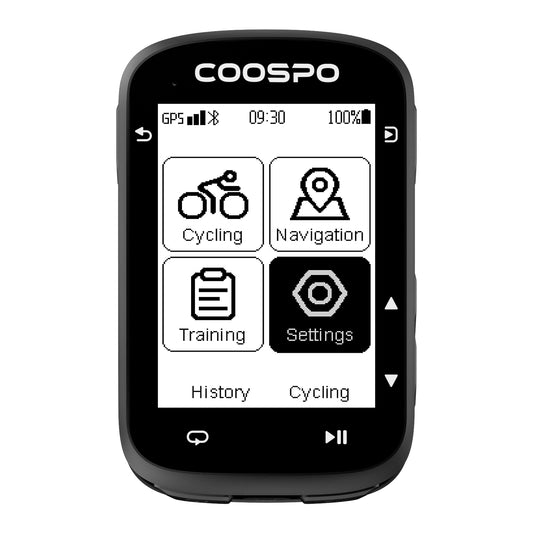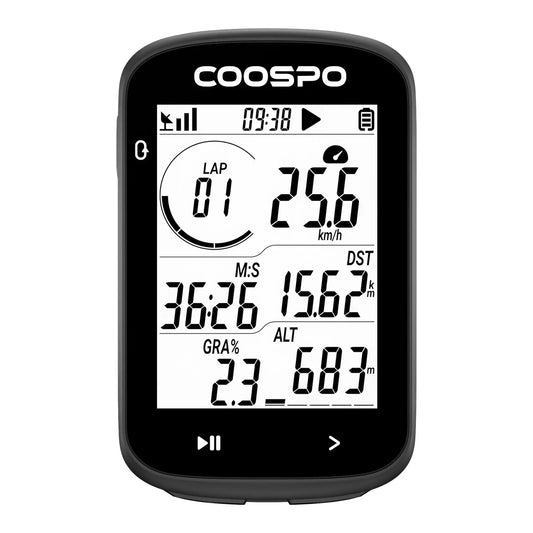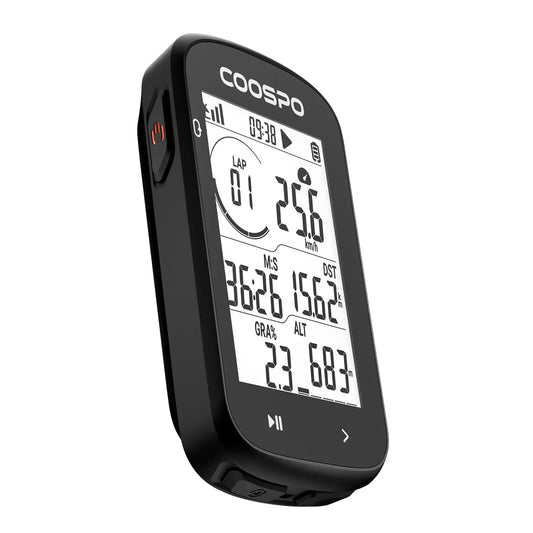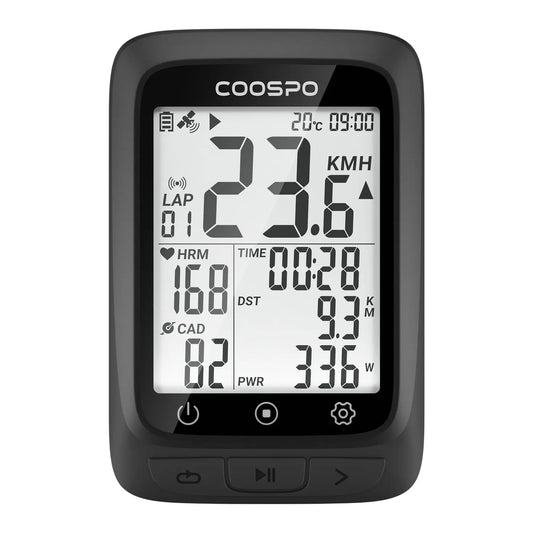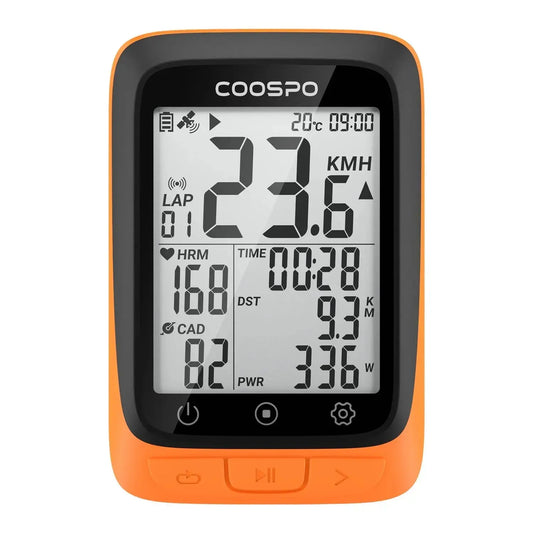Why Tracking Heart Rate Helps with Weight Loss
Whether you're awake or asleep, your heart beats about 100,000 times a day. Wearable technology now makes it easy to monitor your heart rate anytime, anywhere.
Some of the top fitness watches available on the market, as well as simpler armband or chest strap heart rate monitors, are among the options to consider. For high-intensity workouts, specialized heart rate monitors that are worn around the waist are also worth investing in.

Here’s a detailed look at why heart rate tracking is helpful, its role in weight loss, and an explanation of the different heart rate zones.
WHY IS HEART RATE TRACKING HELPFUL?
Tracking your heart rate during exercise provides important real-time information about how your body is responding to physical activity. By monitoring the beats per minute (BPM), you can gain insights into your cardiovascular health, fitness level, and the effectiveness of your workout regimen.

Our heart is a crucial muscle that pumps blood throughout our body, delivering oxygen and nutrients to cells while removing waste. By training our heart, we improve its ability to perform these functions more efficiently.
One of the key advantages of monitoring heart rate is its ability to gauge exercise intensity. Continuous tracking of heart rate serves as a crucial indicator of exercise intensity, helping us assess the intensity of our workouts, the efficiency of our recovery, and the workload on our heart during periods of rest.
Luckily, there are devices like the Coospo heart rate monitor available to help you monitor your heart rate.
HEART-RATE TRACKING AND WEIGHT LOSS
Want to lose weight and get slim? The key to weight loss is burning calories. The more your heart rate goes up, the more calories you burn.
Optimize Fat Burning

If you want to lose weight, you need to burn more calories than you eat. Keeping track of your heart rate can help you determine the best zone for burning fat. Exercising within this zone helps you burn more fat than carbs. But remember, just because you work out doesn't mean you can indulge in unhealthy foods. To lose weight, you still need to eat a healthy diet with whole foods and maintain a calorie deficit.
Measure Workout Efficiency
To see if your workouts are working, check your heart rate. Good exercises for losing weight keep your heart rate in certain zones that help burn fat. Keep track of your heart rate to make sure you're staying in these zones. For best results, try to work out four to five times a week.
HEART RATE ZONES EXPLAINED

It's important to understand different exercise zones to track how hard you are working and reach your fitness goals. When you exercise harder, your body needs more oxygen and blood, so your heart beats faster to supply them to your muscles.
Find your maximum heart rate by subtracting your age from 220. For example, if you are 31 years old, your maximum heart rate would be 189 beats per minute.
From here, you can work out how many heart beats a minute will put you in different zones.
Fat burn zone
The fat burning zone is generally identified as the range between 50-70% of an individual's maximum heart rate (MHR). Moderate intensity characterizes activities in this zone, such as brisk walking, light jogging, or casual cycling. While the overall calorie burn may be lower, a higher proportion of calories are sourced from fat. This makes workouts in the fat burning zone ideal for longer durations and can lead to considerable weight loss results in the long run (Thompson, 2010).
Cardio zone
The cardio zone is when you are working out at a moderate to high intensity, between 70-85% of your maximum heart rate. In this zone, your body burns a lot of calories, including both carbohydrates and fats. Cardio exercises in this zone include activities like running, cycling, or aerobics. Working out in the cardio zone can help you burn more calories, which can lead to weight loss. It's important to challenge yourself but not overdo it.
Peak zone
The peak zone is when your heart rate is above 85% of its maximum and is usually reached during intense workouts like HIIT. This zone really pushes your body, helping you burn a lot of calories and improve your anaerobic capacity. While it's tough to stay in the peak zone for a long time, it's great for boosting your metabolism and losing weight. Doing some peak zone training now and then can help you get in better shape and reach your weight loss goals.
Recovery and resting heart rate (RHR)
Knowing your recovery heart rate and resting heart rate is important. Your resting heart rate is how many times your heart beats per minute when you are at rest. A lower resting heart rate usually means you are more fit. Keeping track of your resting heart rate can help you see if your fitness level is getting better.
Your recovery heart rate is how fast your heart returns to its normal rate after working out. A quick recovery rate shows good cardiovascular fitness. Keeping an eye on these numbers can help make sure you're not pushing yourself too hard and give your body time to recover properly.
There are many things that can make your heart beat faster or slower than usual. Lack of sleep, stress, not drinking enough water, and drinking too much caffeine can all make your heart rate go up. Also, if you're not eating enough, your heart rate may not stay high for very long.



